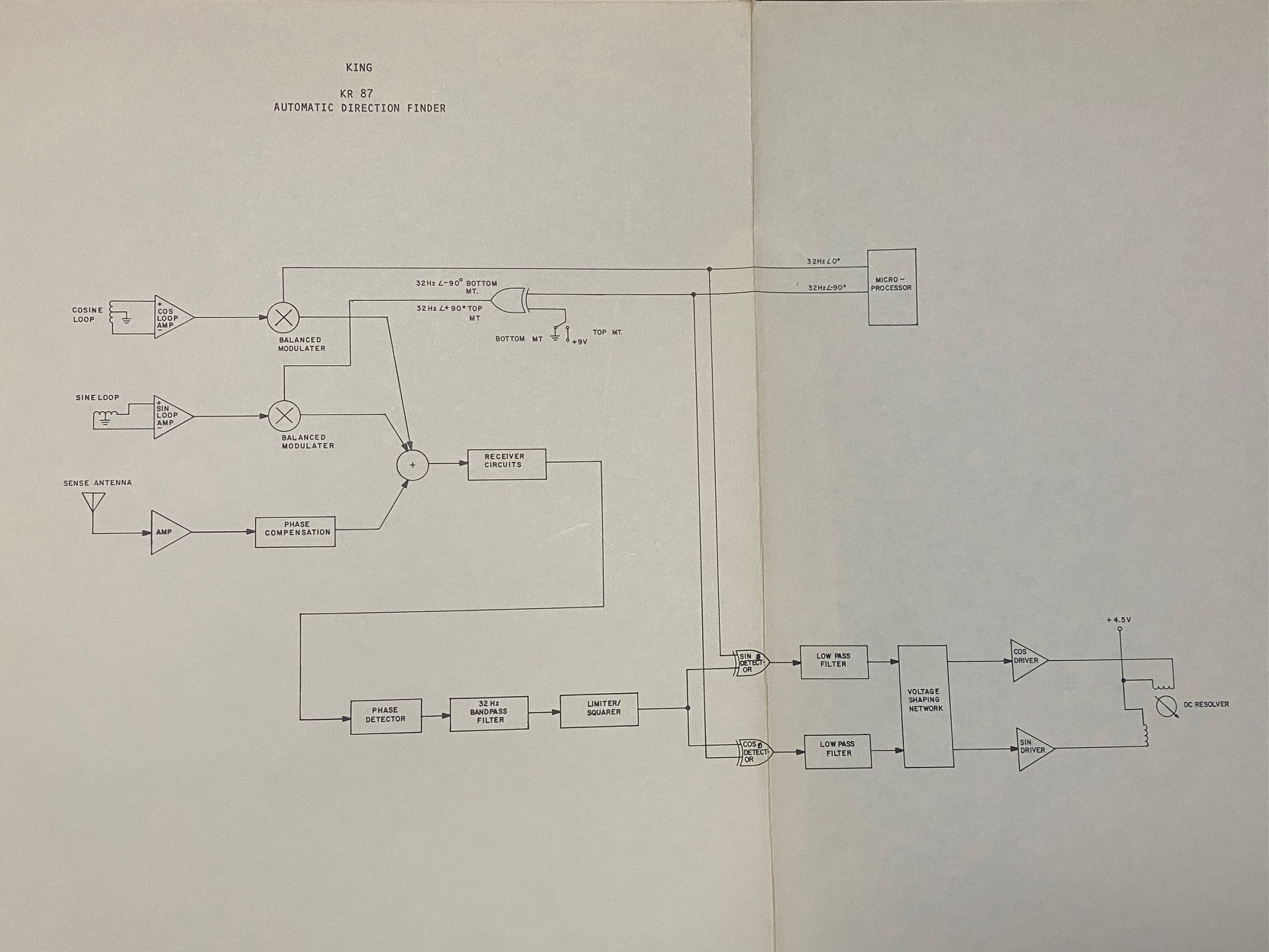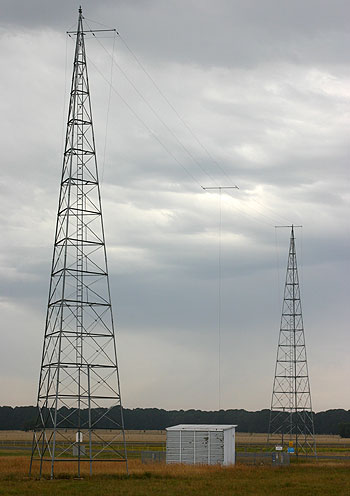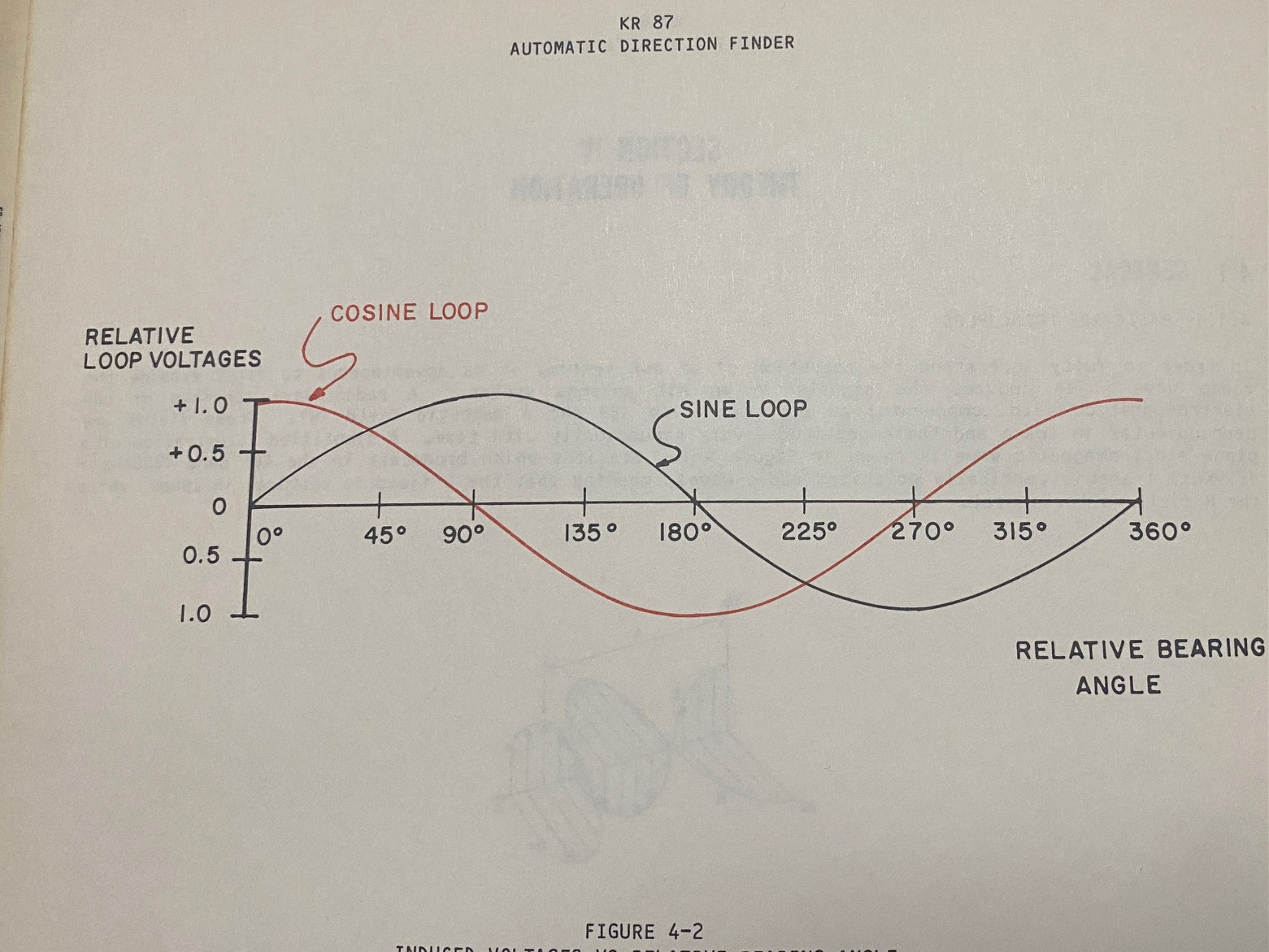How to fly an NDB
NDB
An Non Directional Beacon is comprised of an omni-directional Vertically polarised antenna at a known stationary location coupled to a Medium to Low Frequency Transmitter that has an amplitude modulated identification of one, two or three-letter Morse Code callsign. In Australia they use the three-letter Airport Code when located at an airport.
The NDB is described in ICAO Annex 10 that specifies that NDBs operate between 190 kHz and 1750 Khz.
There are a few types of NBs:
- En route used to mark airways for homing etc
- Approach NDBs that have a hold and approach associated with them
- Localiser beacons for guidance to an ILS
- Locator beacon for guidance to an ILD
ADF
The Automatic Direction Finding equipment is a form of Radio Compass that provides the pilot with a relative bearing of the NDB. The needle will point to the beacon with the aircraft nose being straight ahead.
The ADF receiver uses two antennas:
- a loop antenna that receives the magnetic component of the NDB
- a sense antenna that receives the electric component of the NDB
A radio wave consists of two electromagnetic components; and electric field and a magnetic field that are orthogonal to each other in space, and their amplitudes vary sinusoidally with time. The Electric Field (E-fiedl) of an NDB antenna is vertically oriented perpendicular to the ground, and the magnetic (H-field) is oriented horizontally parallel to the ground.
The H-field induces signals in the loop antenna, and the E-field induces signals in the sense antenna (which is a short capacitive antenna in the same housing as the loop antenna e.g. in a KR-87 antenna housing).
The loop antenna consists of two mutually perpendicular coils on a square ferrite core. The axis of one winding is aligned along the longitudinal axis of the aircraft and the voltage induced in the coil is the since of the angle between the node of the aircraft and the station. The other coil winding is aligned laterally to the aircraft (i.e. parallel to the wings) and the voltage induced in it is the cosine of the relative bearing between the nose of the aircraft and the beacon.
The KR87 uses a sense antenna with phase correction to provide disambiguation of the correlation of equal sine and cosine curves at 45 degrees and 225 degrees relative bearing. The since and cosine signals are demodulated via a quadrature demodulator and summed with the sense antenna signal that is in quadrature phase with the demodulated loop antenna signals. This summation of quadrature signals results in a phase modulated sense signal that provides the disambiguated angle to the station.

Automatic Direction Finding equipment must be TSO-C41d (which is slightly different to DO-179 that provides for 0.5kHz tuning resolution in Europe)[1]
http://www.airwaysmuseum.com/NDB%20BLT%202-05.htm#


